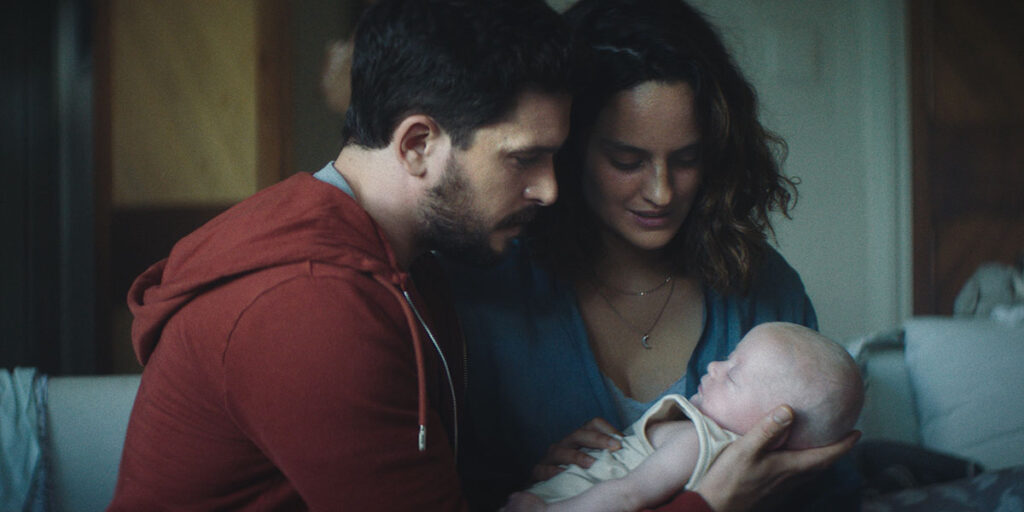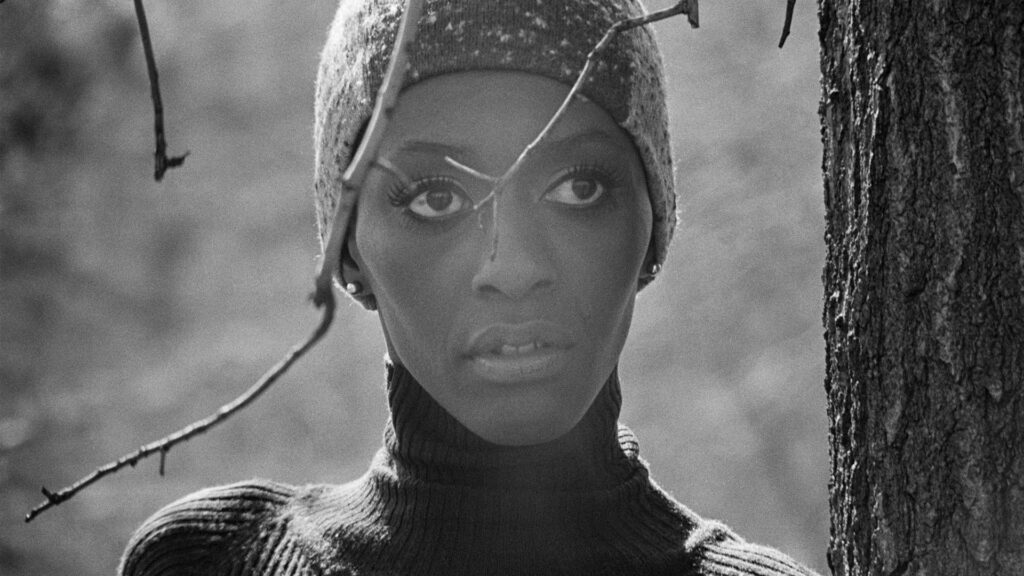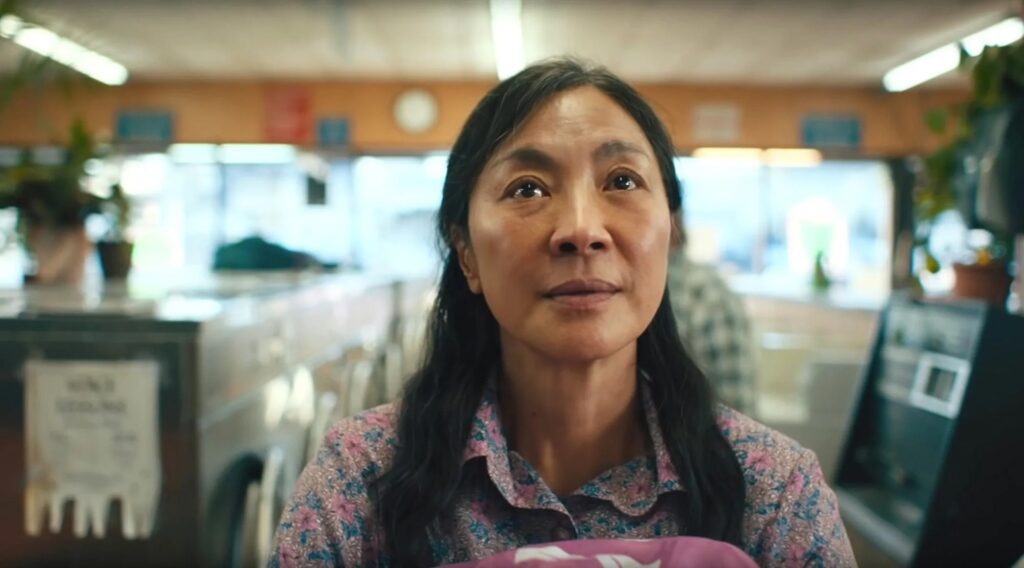Pixar has always invented memorable female characters, ranging from Jessie the cowgirl in “Toy Story 2” and Dory the forgetful fish in “Finding Nemo” to superhero Elastigirl in “The Incredibles” and EVE the robot in “WALL-E.”
Just one problem: They were all delegated to supporting roles while male characters, often in buddy pairs, have been the leads.
It wasn’t until the computer-animation house’s 13th feature, “Brave,” that a girl in the form of a fiery-haired Scottish princess named Merida dominated one of their films. The fairy tale, which revolved around a mother-daughter relationship, also made history after its creator, Brenda Chapman, became the first woman director of an animated feature to win an Oscar.
Sadly, the honor was somewhat tarnished by the fact that creative differences caused Chapman — Pixar’s first-ever female director — to be replaced on the job by Mark Andrews, although both were credited for overseeing the film.
But the company’s 15th release, “Inside Out,” which opens June 19 after wowing the crowds at Cannes, is doing a lot to alleviate any residual ill will with a movie that isn’t just about a girl, but primarily takes place inside her actual mind. The comedy-fantasy allows audiences to visit the brain of 11-year-old Riley, whose thoughts and reactions are ruled by five emotions: Joy, Sadness, Disgust, Fear and Anger. Not only is a schoolgirl’s disruptive move from tranquil Minnesota to bustling San Francisco at the center of the film’s plot, but three out of the five emotions are female, with Joy (voiced by Amy Poehler) and Sadness (Phyllis Smith of TV’s “The Office”) both qualifying as leads along with Riley herself. As Joy and Sadness try to get back to headquarters (i.e., Riley’s brain), Disgust (Mindy Kaling), Fear (Bill Hader) and Anger (Lewis Black) disastrously take control.
Yes, Women and Hollywood’s mission is to support and promote female talent and their pursuits in the film and TV industries. But if any man deserves to get a rare pass and be allowed to speak about this literally mind-blowing journey, it is “Inside Out” director Pete Docter.
All the artists at Pixar are encouraged to draw on their personal experiences in their work. But 46-year-old Docter’s previous helming of “Monsters, Inc.,” with its adorable team of cuddly monster Sully and rambunctious toddler Boo, and “Up,” with its moving montage of marital moments between crusty Carl and sweet Ellie, shows him to be particularly sensitive to what makes humans of both genders tick.
That this self-described “geeky kid from Minnesota who likes to draw cartoons” based Riley on his own teen daughter, Elie, when she was 11 and going through the usual pre-pubescent mood swings, just makes him even more qualified to speak on this site. Besides, he has already gotten the Mindy Kaling seal of approval. As she told New York magazine’s Vulture blog: “The fact that Pete, the director, is writing this about young women makes you want to give him a big smooch. He’s really a good guy. “
W&H: While you are certainly making up for lost time with what is essentially three female leads in “Inside Out,” why has it taken so long for Pixar to regularly feature lead characters who aren’t male?
Docter: I think it is an unfortunate byproduct of the way we approach our films. Our work is a reflection of ourselves, very personal, and we are a bunch of guys. The characters might be cars or monsters, but they reflect us. This, however, was triggered from watching my daughter grow up. It reminded me of how out of step I was then with boys my age, who were into sports and other stuff. What stressed me out were relationships and social issues, what do you wear and how to fit in. A lot of the issues I faced in junior high was what got me into animation. It was easier to sit on the side and draw cartoons than to engage with people.
W&H: You made sure to reach out to female staffers at Pixar, which there seems to be more of these days, for suggestions and input. And you also relied on one of your co-writers, Meg LeFauve, who is currently working on a script for a “Captain Marvel” movie with “Guardians of the Galaxy’s” Nicole Perlman, to bring her perspective.
Docter: Traditionally, animation has been dominated by men in the past. I don’t know why it attracted guys. But there has definitely been a shift towards having more women involved. Half the story crew were women, a first for us. I remember how Valerie LaPointe, one of our story artists, came in with these drawings she had done about the difficulty she had when she was young with her best friend. She was getting into boys, while Valerie was still innocently playing with toys. The friend would go off to talk to guys and she would just stand back and be puzzled.
W&H: I would say that “Inside Out” has a trio of female main characters, including Joy and Sadness. But did you ever consider giving a female persona to all five of the emotions? Although I would miss hothead comic Lewis Black’s amusing outbursts as Anger.
Docter: At one point, we thought about it. What we found most fun was to create as much contrast with the characters as we could. Early on, Sadness was male. But it didn’t feel quite right. Discovering Phyllis locked us in on that. She brought a different angle with her voice and personality.
W&H: It is great that you based “Inside Out” on your daughter’s experiences and your reaction to her maturing. But does she mind it that you are using her life for source material? It is different than when you used her as the voice of young Ellie in “Up.” You also have a son, Nicholas, who is 19. Have you used him for inspiration as well?
Docter: She was great as Ellie. Bob Peterson [who co-wrote “Up” with Docter] pulled this spirited, conspiratorial angle out of the character, and she was fun to listen to. Elie was 9 or something when she did the voice. We would say the line to her and she would parrot it back to us. Watching her grow up and go through that change triggered my own memories of that age. It gets complex watching her grow up. We had two kids, and we knew we would not have any more. Parents don’t want their children to lose that purity and innocence of childhood. We want to bottle that and hold onto that, but it’s impossible. “Inside Out” grew out of the complexity of knowing that feeling that you want to hold onto it. That is Joy’s journey.
W&H: What did your daughter say when she found out she was your muse?
Docter: I didn’t tell her. Not until later. Along the way. she was just being herself, doing her thing. I would be watching, while trying to figure out what was going on in her head. Timing-wise, she went from being an active, outgoing little kid to becoming more shy, more self-conscious. But Elie has gotten over that. There is this bird-calling contest, which is like a talent show, and she decided to be host this year. She had this confidence on stage, telling jokes and entertaining the crowd.
W&H: Why didn’t you use what your son went through instead? Of course, you sort of answer that question during the scene when a boy who is Riley’s age looks at her and he goes into a panic, thinking, “Girl, girl, girl!”
Docter: There was a big difference between the two of them early on. We contemplated why a girl? The reason is that research has found that no one is more socially attuned and keyed in on expressions and little interactions than a girl aged 11 to 17. I see this in my daughter. She will come home from school and say, “Oh, my best friend doesn’t like me anymore.” How did she know that? Maybe from a certain look. On the other hand, no one is less socially attuned than an 11-to- 17-year-old boy. Walk around girls that age, and they are dressing like women, while boys are 3 feet of awkwardness. As for my son, he was more even keeled and dealt with everything without much consternation, especially when compared to me. He just went off to college for his first year and then [was] fine.
W&H: Thank you for turning Riley into an avid ice-hockey player and not just have her hanging out at the mall or sitting in front of her computer. I have seen a lot of descriptions that call her “tomboy-ish,” presumably because of her interest in sports, but such activities can be “girlish,” too.
Docter: I thought a lot of about that. We wanted her to be a well-rounded kid, not just stereotypically into glitter and pink dresses, although she is into that, too, when she is younger. It makes her more truthful. It was the co-director, Ronnie del Carmen, who brought forth the hockey idea. It is really big in Minnesota. Meg liked the idea, too.
W&H: You also don’t turn Riley’s new classmates into stereotypical mean girls who taunt her after her emotional classroom meltdown. She withdraws and they simply leave her alone.
Docter: Riley banishes herself. That seemed truthful. A couple of kids were merciless to me back then. But it was mostly me being self-aware and overly sensitive. Silence can sometimes be interpreted as malice. We thought about her being bullied, but that would mean her reactions were externally motivated by other kids. We wanted to keep this very internal.
W&H: What was your daughter’s reaction when she saw “Inside Out”?
Docter: She saw it maybe two months before it is coming out. She said, “Hmph, good movie, Dad.” I was worried she would be secretly horrified and self-aware. But she doesn’t seem to be. Maybe there is some pride there.
W&H: Whose reactions have been stronger to the film, women or men?
Docter: When I’ve seen people leaving the theater, there are more men in tears than women. For whatever reason, it hits fathers hard.







